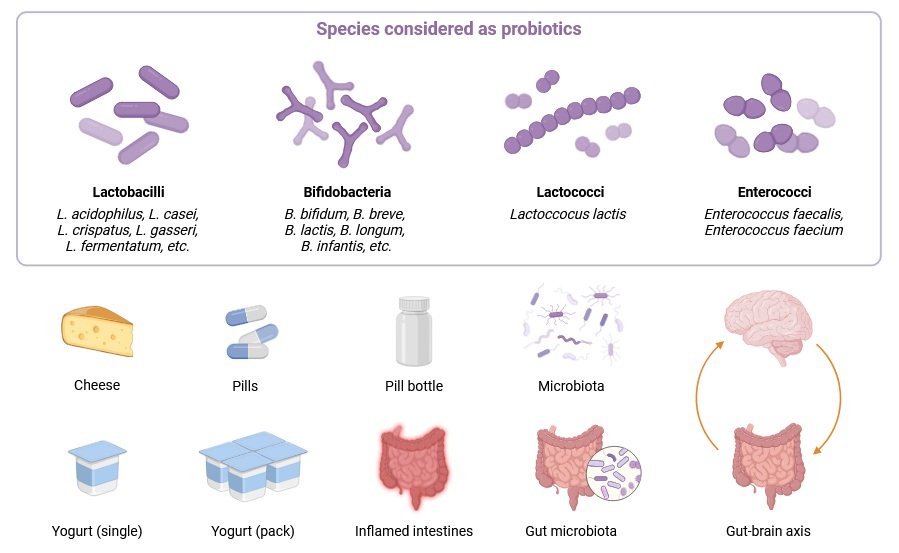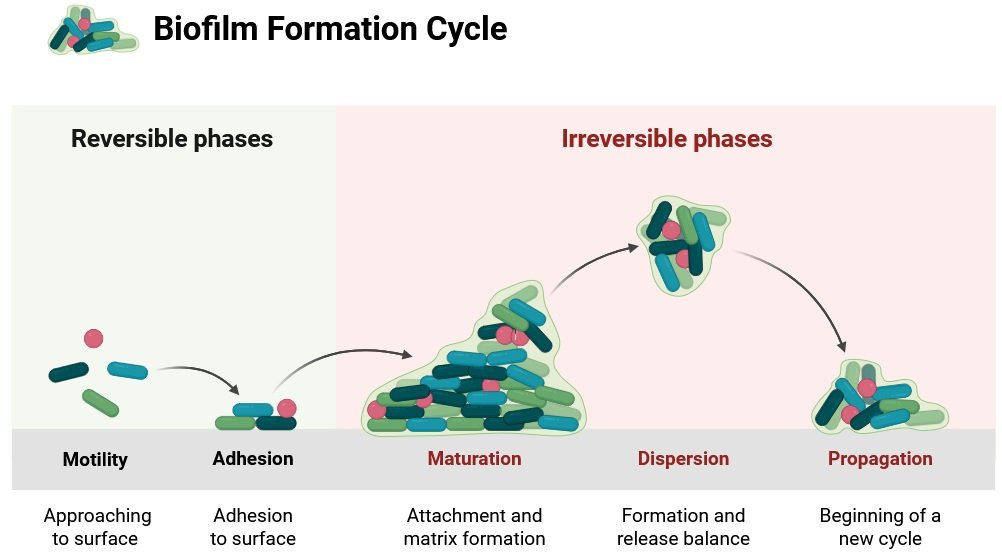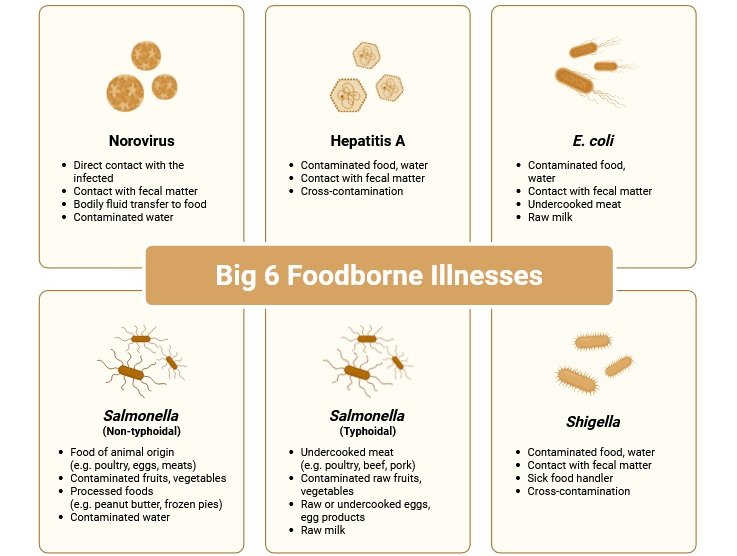Table of Contents
ToggleIntroduction
Food microbiology is a dynamic field that bridges microbiology, biotechnology, and food science to improve safety, quality, and sustainability in the food sector. From industrial fermentation processes to the fight against antibiotic resistance, researchers are continuously exploring microbial applications and challenges. This article explores seven food microbiology research topics with current insights, future perspectives, and references to guide students, educators, and professionals.
1. Citric Acid Production
Overview
Citric acid is one of the most widely used organic acids in food, pharmaceutical, and cosmetic industries. Traditionally, industrial production relies on microbial fermentation using Aspergillus niger. In this process, inexpensive carbon sources such as molasses, starch, and agricultural waste serve as substrates. Depending on the setup, fermentation occurs in submerged or solid conditions, with parameters like pH, aeration, and nutrient availability carefully controlled. The fungus then converts sugars into citric acid, which is extracted and purified for commercial use.
Future Perspectives
- Waste Valorization: Utilizing fruit peels, glycerol, and lignocellulosic biomass as cost-effective feedstocks.
- Strain Improvement: Developing genetically engineered strains of niger and yeast to enhance productivity and tolerance to stress.
- Process Innovation: Use of continuous fermentation, immobilized cells, and advanced bioreactors to boost yields.
- Sustainability: Integrating citric acid production into a circular bioeconomy by reducing waste and CO₂ emissions.
References
2. Isolation of Probiotics
Overview
Probiotics are live microorganisms that confer health benefits when consumed in adequate amounts. Traditionally, they are isolated from dairy products, fermented foods, and the human gut. Common groups include Lactobacillus, Bifidobacterium, Streptococcus, and the yeast Saccharomyces. Isolation involves selective culturing (e.g., MRS agar for lactic acid bacteria), followed by biochemical, morphological, and molecular identification.

Future Perspectives
- Non-Dairy Sources: Discovery of probiotics from plant-based and fermented non-dairy foods.
- Next-Generation Probiotics: Targeting the gut-brain axis, immune modulation, and chronic disease management.
- Product Innovation: Encapsulation and shelf-stable formulations to extend product life.
- Synbiotics: Combining probiotics with prebiotics for enhanced health benefits.
References
3. Biofilm Formation by Food Pathogens and Its Control
Overview
Foodborne pathogens such as Salmonella, Listeria monocytogenes, and E. coli can form biofilms on food-processing equipment, packaging, and contact surfaces. Biofilms protect microbes from sanitizers and environmental stresses, making them harder to eliminate and increasing food contamination risks.

Future Perspectives
- Novel Antimicrobials: Application of bacteriophages, enzymes, and plant-derived compounds to break biofilms.
- Early Detection: Use of biosensors and molecular diagnostic methods to monitor biofilm formation.
- Surface Engineering: Development of antimicrobial coatings and nanoparticles for food-contact surfaces.
- Eco-Friendly Disinfection: Biological control and natural sanitizers for sustainable food safety.
References
4. Isolation of Lactic Acid Bacteria (LAB)
Overview
Lactic acid bacteria are essential in food fermentation, preservation, and flavor development. They are typically isolated from fermented foods, dairy, and the gut using selective media such as MRS agar under anaerobic or microaerophilic conditions. LAB produce lactic acid and bacteriocins, which inhibit spoilage microbes.
Future Perspectives
- Probiotic Potential: Screening LAB strains for gut health and immune-boosting properties.
- Functional Foods: Developing non-dairy fermented foods enriched with LAB.
- Natural Preservation: Harnessing bacteriocins as eco-friendly biopreservatives.
- Industrial Applications: Genetic engineering of LAB for nutraceuticals and sustainable bio-products.
References
5. Production of Bioactive Compounds During Fermentation
Overview
Fermentation by microbes such as LAB, yeasts, and fungi enhances the nutritional profile of food. During the process, microorganisms produce bioactive compounds like vitamins (B-complex, K), bioactive peptides, organic acids, and antioxidants. These compounds improve digestibility and offer functional health benefits.
Future Perspectives
- Functional Foods: Designing fermented foods enriched with targeted bioactive compounds.
- Strain Engineering: Modifying microbes to boost vitamin and peptide synthesis.
- Personalized Nutrition: Tailoring fermented foods to address individual health needs.
- Industrial Scale-Up: Applying fermentation for large-scale nutraceutical and pharmaceutical production.
References
6. Cold vs. Room Temperature Storage: Microbial Growth Comparison
Overview
Storage temperature significantly affects microbial growth and food shelf life. At room temperature, spoilage bacteria, yeasts, and molds thrive, increasing foodborne illness risks. Refrigeration at 4–8 °C slows microbial metabolism and extends shelf life, though psychrotrophs like Listeria monocytogenes can still grow.
Future Perspectives
- Smart Indicators: Real-time microbial growth trackers for monitoring storage conditions.
- Modified Atmosphere Storage: Combining refrigeration with natural antimicrobials.
- Household Safety: Educating consumers on proper refrigeration to reduce risks.
- Advanced Cold Chain: Sustainable refrigeration technologies for global food safety.
References
7. Antibiotic Resistance Profiling of Foodborne Bacteria from Raw Milk
Overview
Foodborne pathogens like E. coli, Salmonella, and Staphylococcus aureus, some of which are antibiotic-resistant, can be found in raw milk. Using culture methods, biochemical identification, and antimicrobial susceptibility testing (such as disk diffusion, MIC) to profile these isolates aids in comprehending resistance patterns and possible public health hazards.

Future Perspectives
- Surveillance: Monitoring multidrug-resistant (MDR) bacteria in milk using PCR and whole-genome sequencing.
- Safety Practices: Promoting pasteurization and hygienic handling to reduce contamination.
- Alternative Solutions: Exploring bacteriophages, probiotics, and natural antimicrobials for dairy safety.
- One Health Approach: Linking animal health, food safety, and human health to combat resistance.
References
Conclusion
Food microbiology research is at the forefront of innovations that ensure safe, nutritious, and sustainable food systems. From citric acid production to antibiotic resistance profiling, these research topics reveal how microbes can be harnessed for industrial, health, and environmental benefits. With growing global concerns about food security, antibiotic resistance, and consumer health, food microbiology will remain a critical area for breakthroughs in biotechnology and safety practices.
FAQs on Food Microbiology Research
Q1. Why is food microbiology important?
Food microbiology ensures food safety, prevents foodborne illnesses, and improves nutrition through microbial fermentation.
Q2. What are some promising areas of food microbiology research?
Citric acid fermentation, probiotics, biofilm control, bioactive compound production, and antibiotic resistance profiling are key focus areas.
Q3. How do probiotics benefit health?
Probiotics improve gut health, boost immunity, and may help manage chronic conditions such as obesity and inflammation.
Q4. What are lactic acid bacteria used for?
LAB play a major role in food preservation, flavor enhancement, and the development of probiotics and functional foods.
Q5. How does storage temperature affect microbial growth?
Cold storage slows down microbial activity and extends food shelf life, while room temperature allows rapid microbial proliferation.
Also Read
- Single Cell Protein (SCP): Sources, Production, Advantages, Disadvantages & Applications
- Food & Industrial Microbiology notes
- HIV and AIDS: Structure, Transmission, Symptoms, Diagnosis and Prevention
- Culture Staining Techniques in Microbiology: Types, Methods, and Applications
- Antibiotics: Introduction, History, Mechanism and Applications
- Parasitology: An Overview of Parasites, Diseases, and Host Interactions
- Basics of Food Microbiology in
- Medical Microbiology Quiz
- Basic Microbiology Quiz
- Immunology Notes

